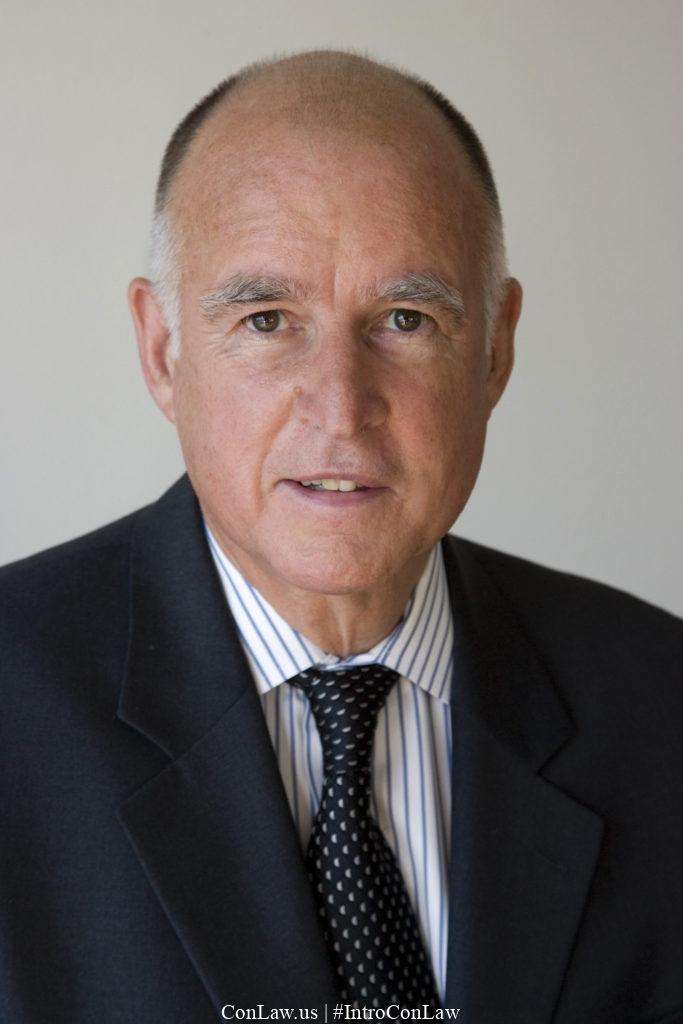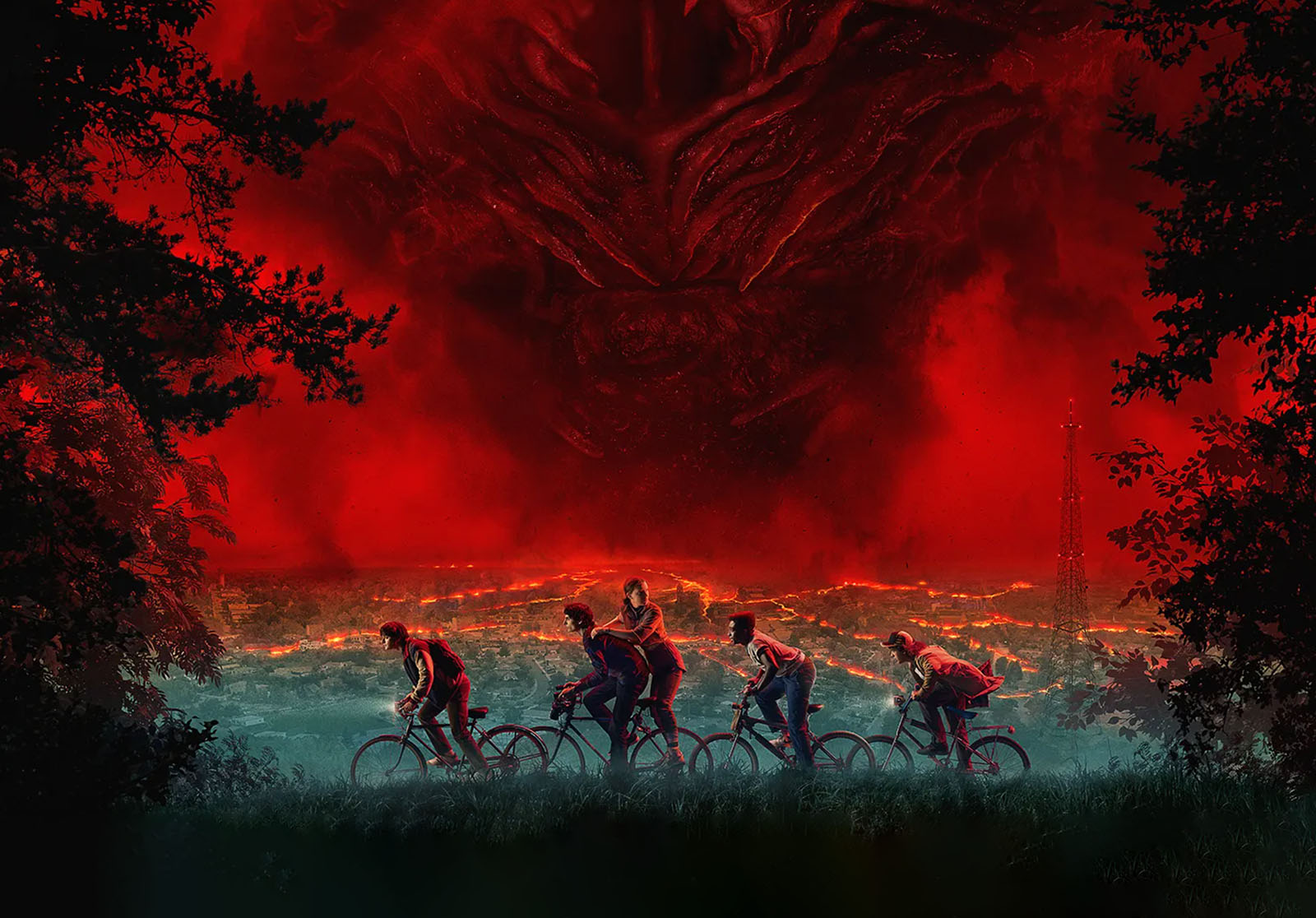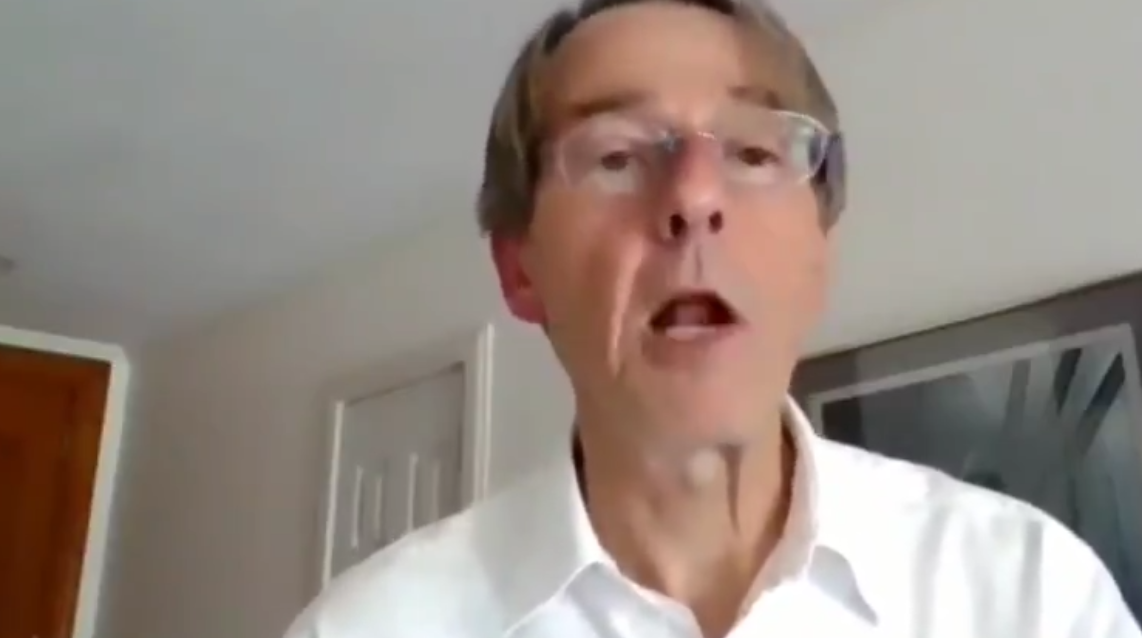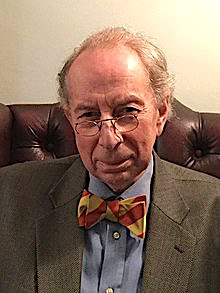PROTECT YOUR DNA WITH QUANTUM TECHNOLOGY
Orgo-Life the new way to the future Advertising by AdpathwayMost people would not associate the sunny city of San Diego with the paranormal. However, it hosts a notable spiritual scene. Nestled in the heart of Old Town, the first European settlement in California, is the Whaley House Museum. Built by Thomas Whaley in 1856 from bricks he personally crafted, the house is unique in many respects. It hosts a general store, a functional courtroom, a theater, and rooms for the Whaleys’ five children. At the time, it was the jewel of San Diego. Now, it is known as the most haunted house in America (these words are boldly painted on the side of the house). Besides being built on the site of the town’s gallows, many of the Whaley family died within the home. Notably, Thomas Jr. fell victim to scarlet fever at only 17 months old, and Violet Whaley shot herself after a scandalous divorce at age 22. Accordingly, guests report hearing the distant cries of a child or a deep sense of melancholy within the house.
Upon my visit to the Whaley House Museum, I was struck by how completely its paranormal reputation had smothered the “museum” angle. The gift shop, for instance, featured spell book notebooks, a child’s baseball hat that features cartoon ghosts and reads, “official ghost hunter,” Whaley House logo shirts with Ouija board designs, The Nightmare Before Christmas trinkets (merely included because they are spooky, I suppose), voodoo dolls, and a backroom filled with books solely devoted to the ghostly sightings within the house. During the “evening tour,” the curtains were drawn, leaving faux candles and lanterns as the only source of light. Our wonderfully charismatic tour guide led us from room to room, punctuating each historical spiel with tales of the supernatural. Drafts gently pushed open doors, and a second tour group’s steps sent creaks and bumps throughout the house. Both of which visibly frightened many members of our group.
After the tour concluded, I met with our guide to gather her perspective on this entangling of history and theatrics. She predicted that, without the paranormal angle, perhaps one or two folks would stop to admire the architecture of the home, but the museum would no longer see their daily tours booked-out (one such tour, which is currently priced at $94 per person, allows guests to join one of the “professional paranormal investigators” on staff in the hopes of capturing evidence of the supernatural through standard ghost hunting equipment). As she saw it, it is unfortunate that the history behind the house is being smothered by superstition, but it is a “necessary evil” to secure the funding for archaeological digs and restoration projects.
I left the house unable to shake the thought that ghost hunting and other instances of paranormal tourism were ethically problematic. But how could this be so? If the Whaley House is truly haunted by the disembodied minds of the Whaleys, then it seems obviously problematic to be consistently invading their home and causing much psychological distress (the ethical ramifications of the existence of ghosts are, frankly, scarier than the ghosts themselves—should ghosts be granted rights?). However, given that the Whaleys are likely no longer around to witness what has become of their home or be subjected to the various toys of ghost hunters, how could ghost hunting be unethical?
If Posthumous Harm Exists
Posthumous harm, as I like to think of it, is the thought that you may be harmed by events that occur after your death (where death implies nonexistence). Of course, this thought is controversial due to its apparent suggestion that nonexistent beings may be harmed!
However, I am both sympathetic to posthumous harm and unsympathetic to the notion that nonexistent beings may be harmed. So, what gives? Following George Pitcher’s “The Misfortunes of the Dead,” one might think that posthumous events may harm the dead person in question while they were alive. Consider this: if the planet is exploded by extraterrestrials next month, then it is true now that Trump is the last president of the United States. If I push the large man onto the trolley tracks, and it comes to be that his body fails to stop the trolley, then it is true at the time I push him that I am not saving five lives but merely feeding the trolley a sixth victim. The thought, then, is that future events may color the nature of present events.
How does this figure into posthumous harm? Suppose that one’s well-being is dependent upon one’s life going well and that achievement is necessary to live a good life. (If you have scolded a teenager for “doing nothing with their life,” then you might be sympathetic to this view.) The upshot is that whether one’s actions count as achievements may be determined by posthumous events. The Whaley House was Thomas Whaley’s magnum opus, and it was incredibly important to him that the community viewed it as one of the finest homes in Southern California. Perhaps he achieved that goal for a time; however, our actions have determined that, when Thomas was constructing his home, he was erecting the future site of one of the world’s most famous haunted attractions. The reader can judge for themself, but I would rather not have my legacy be the subject of a ghost story. Even if I were never to learn of such a future, my intuitions tell me that the life I am living now would be made worse if it were to eventually motivate the construction of an occult gift shop next to my family home.
Doing Without Posthumous Harm
Endorsing the above picture of posthumous harm requires accepting a variety of positions that might, admittedly, be an acquired taste. Fortunately, there is still plenty of room for complaint.
In “Posthumous Interests and Posthumous Respect,” Ernest Partridge denies that one may be posthumously harmed. However, he finds grounds for respecting the dead, nonetheless. Imagine if you were to learn that, years after your death, your family home will be converted into a ghostly tourist attraction. Millions of people will file through your house, peek at your belongings, and anticipate experiencing the presence of one of your deceased family members. If you are like me, then you are highly averse to this hypothetical becoming actual. As Partridge notes, most others desire that their interests be upheld after their death. So, isn’t it ethically disturbing to think that most of us would wish to be respected after our death, all while such paranormal attractions are pervasive throughout our culture? We are imaginative creatures that care deeply about how others relate to us after our deaths, so we ought to apply the golden rule, or else continue within a culture that collectively disrespects the dead despite the individual’s wishes.
A different concern arises when we reflect on one’s character. Imagine a highly empathetic, caring, kind, and emotionally intelligent individual. It’s difficult to imagine them expressing no qualms at our treatment of the Whaleys. For the Whaleys must be dehumanized in a particularly unempathetic way in order to culturally convert them into ghosts. It is said that one may feel a melancholic heaviness in the air due to Violet’s suicide and hear the distant cries of a newborn due to Thomas Jr.’s untimely death. Caring people would derive discomfort from such stories because they would at least hesitate to utilize another’s tragedies as tools for entertainment. In the same way that someone who truly cared about their late dog would be unable to bring themselves to eat her, it is unlikely that a virtuous, caring person would find much enjoyment in dehumanization.
Of course, I don’t mean to suggest that believing in ghosts is itself uncaring. We might imagine a grieving mother finding caring comfort in what she believes to be her deceased child’s spiritual presence. She would, however, only find comfort in this thought by viewing the felt presence as a person, i.e., her child. Ghost hunters, on the other hand, only view their prey as people insofar as they provide hints, clues, data, and Easter eggs to search for. “Do you smell that cigar smoke? Must be Thomas Whaley.” The details and idiosyncrasies that are reflective of a complex human being are reduced to the weaknesses of a horror villain in the way that Jason Voorhees’ relationship with his mother is merely used as a vulnerability for promiscuous teens to exploit. Thus, even though they may not be harming the dead directly, ghost hunters are commonly situated within an uncaring relationship to the dead, which seems to be symptomatic of a sub-virtuous character.
On the Other Hand
But consider this: ghost hunting is fun! I, myself, have never engaged in this pastime, yet it is not difficult to see what would be enjoyable about socializing with one’s friends, cracking jokes, and laughing at one another when you become scared. The reason why so many ghost hunting channels on YouTube are successful is not because it is entertaining to watch people quietly sit in a dark room by themselves, but because friendly banter is appealing (see podcasts). Is there any way to retain the fun aspects of ghost hunting without the unethical baggage?
One method is to drop the historical angle entirely—if the harm of ghost hunting involves its relation to real people, then remove the real people. In much the same way that Bigfoot hunters are attempting to track something that has never existed, ghost hunters could imagine intricate backstories of fictional people as the basis of their hunts.
However, there are two worries with this proposed solution. Firstly, this strategy might work well for those of us who reduce the value of ghost hunting to “monkeying around with your friends,” but it will be unappealing to those who believe that they are, in fact, connecting with the deceased. Since I imagine believers make up a good chunk of ghost hunters, there ought to be a resolution that does not completely disregard their practice.
As stated earlier, ghost hunting itself doesn’t strike me as unethical. Imagine that, after your death, paranormal investigators (that term seems more respectable) enter your private family home after obtaining permission from the current owners and respectfully attempt to speak to you and your family in a kind and caring manner. This hypothetical strikes me as a major improvement, and I do not feel repulsed at such events posthumously occurring to me. What separates such a case from the Whaley House is that your legacy would be one of a person and not some monster. Thus, perhaps the legacy of actual people ought to be left to the “professionals,” while those of us who are primarily seeking entertainment ought to only be trusted with fictions.
Secondly, as my tour guide noted, there are many historical sites that rely upon the revenue generated by emphasizing a paranormal angle. Removing the historical aspects from ghost hunting would make visiting historical sites redundant, and merely asking millions of museum visitors to “be respectful” seems naive. Perhaps ghost hunting truly is a necessary evil.
In response, it saddens me that the public lacks an intrinsic interest in history such that historical sites feel the need to dangle spooky stories over visitors’ heads so as to retain their attention. Thus, one reason ghost hunting is not a necessary evil is that the public could develop their interest in history itself. Additionally, it is not as if the Whaley House markets itself as a historical museum with some paranormal activities served à la mode. No. It is apparent that the historical angle is treading water. Aside from the mode of operation at the house, the historical records of the Whaleys have not been digitized, meaning that it is immensely difficult to gather historical resources, whereas tacky books on the house’s paranormal sightings are numerous. Thus, there is a question of what, exactly, is being preserved through the paranormal angle. Finally, even if the revenue of the Whaley House contributed to fruitful historical research, there is still a lingering question of whether it is worth tolerating the paranormal angle. If you were one of the late Whaleys, would you find the academic benefits and upkeep of your home to justify your family’s dehumanization?
Regardless, I expect it is clear that the questions and thoughts within this article apply to a vast number of cases. If ghost hunting is unethical, then we have harmed (or at least acted poorly towards) Josiah and Sarah Moore and six children (see the “Villisca Axe Murder House”), Abby and Andrew Borden (see the “Lizzie Borden House”), Sarah Winchester (see the “Winchester Mystery House”), many enslaved people (see both “The Myrtles” plantation and the “LaLaurie Mansion”), and an abundance of others. Furthermore, I hope raising such questions might help us reflect upon our relations and practices, such as true crime media, concerning the dead.

Rylan Garwood
Rylan Garwood is a PhD student at the University of California, San Diego. His research interests primarily concern normative ethics and well-being.


















.jpg)






 English (US) ·
English (US) ·  French (CA) ·
French (CA) ·